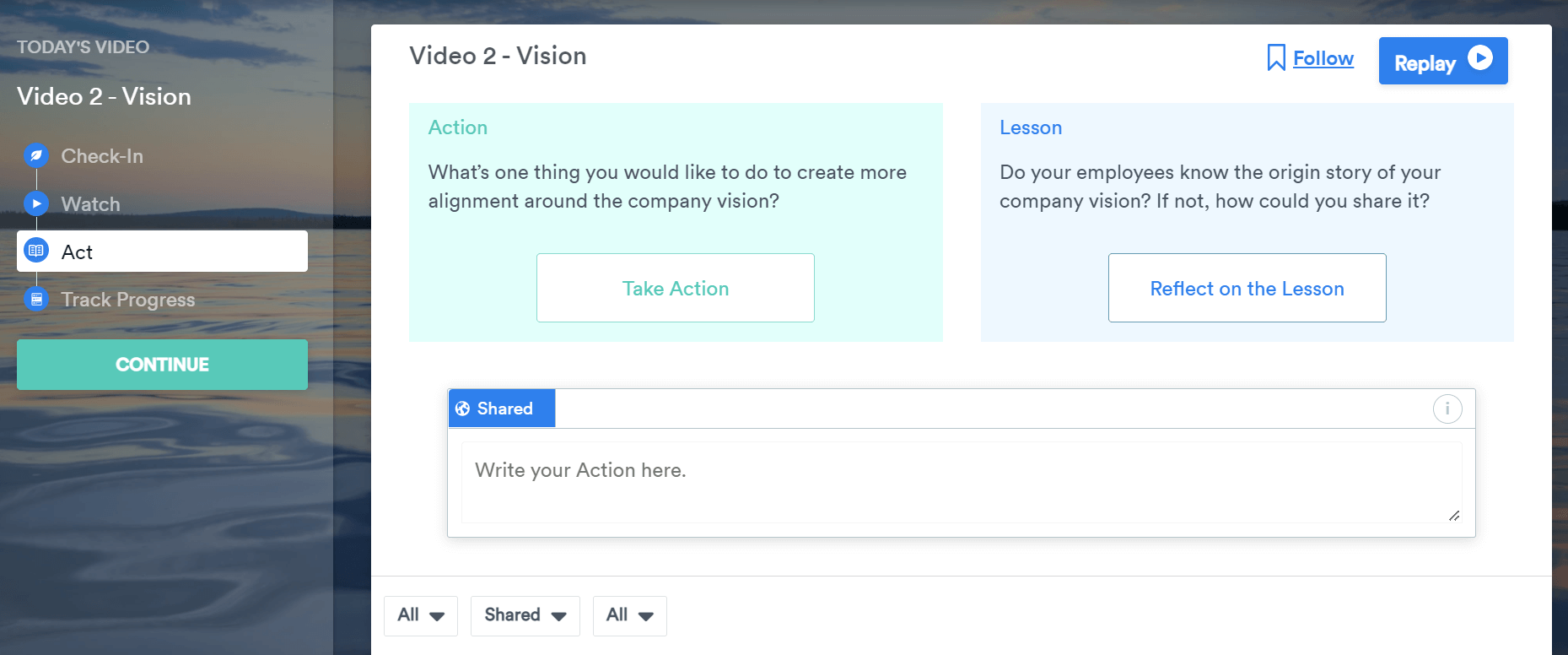
Surveys are a daily part of our world. From Twitter polls to customer service feedback to employee engagement surveys, this mechanism of measuring our knowledge, thoughts, and feelings is somewhat ubiquitous. But are these surveys accurate? Or, better yet, useful?
For organizations looking to understand the pulse of their employees, especially against the backdrop of The Great Resignation, the answers to these questions are critical.
The Origin of Employee "Engagement"
Before you consider how to effectively measure employee engagement, let's go back in time.
Circa 1990, it was all about employee satisfaction, but this was short lived because leaders realized that satisfaction is more about the employees themselves and less about the quality of relationships with their employers. This understanding led to the next iteration focused on commitment and loyalty – what would it take for an employee to commit to a job, possibly for the entirety of their career.
As the world moved to a service-based economy, leaders realized that an employee's attitude could have a direct impact on the company's performance. And boom – just like that, employee engagement was born.
But the big question was how to measure employee engagement? Enter the dawn of the employee engagement survey, led by the industry standard, the Gallup Q12 (12: Elements of Great Managing).
Can 12 questions be enough to determine the engagement level of an employee? Many would suggest no. In fact, the Society for Human Resource Management reports that general employee surveys can be up to 75 questions and take 20-30 minutes to complete. That's quite a commitment, particularly in a time where the average attention span for any content may be as short as 8 seconds.

Why Keep Doing EE Surveys?
So what's the point? Why do employers continue to pour thousands of dollars and hundreds of hours of employee time into these long-form surveys? Well, believe it or not, it's because they're still useful.
Even Facebook thinks so. Internal research from the social media powerhouse, i.e. the Queens of short attention span, finds that those clunky old school surveys are still great predictors of behavior, like whether an employee plans to stay or leave. Surveys also have the potential to influence action, simply by virtue of asking the question. Most importantly, they give employees the chance to be heard.
But there's a trick.
Why Go Beyond the Numbers?
The challenge with a purely quantitative survey, one based solely on numbers, is that it is likely fraught with bias. And that bias almost always causes the results to skew positive.
One version or another of response bias is typically the culprit, caused by the inherent fear employees have of responding negatively or being perceived as critical, even if their responses are anonymous. This need for social desirability leads respondents to overreport the good and underreport the bad – not helpful if you're actually trying to improve.

Unfortunately, these biases are human nature, and therefore incredibly difficult to control for, no matter the quality of the survey.
As we've learned over more than 15 years of survey experience with our SHIFT Consulting Services, there are many ways to botch an employee engagement survey. But most of them center around these key areas:
- Going at it solo – Employees respond better to a third party that does this for a living rather than having your HR department cobble together a survey.
- Asking poorly constructed or too many questions – Avoid asking questions that are confusing, only meant to confirm existing biases, or go on at length without a clear purpose. All that will get you is more biased answers.
- Assuming that correlation is equal to causation – Trends identified in quantitative surveys are perfect opportunities for curiosity and deeper exploration, NOT immediate action. As the edict goes, don't replace dialogue with data.
- Keeping survey results to yourself – Share the results! Employees want to know what the survey says. That's a big part of why they bother taking it in the first place.
- Not taking action – If you ask, you must be willing to respond. If employees take the time to honestly answer a survey and NOTHING changes, they're likely not going to give you useful feedback the next time you ask.

So What's a Company to Do?
One answer? Ask questions more than once in different ways. Take a multi-tiered approach to surveying and consider including qualitative metrics, like employee interviews, or open-ended comments. Think data (quantitative) AND context (qualitative).
Qualitative feedback helps you understand the underlying reasons/context/intent behind the data.
For example, a recent global IT firm engaged SHIFT to develop, run, and review their employee engagement survey. The quantitative results showed that the busiest unit in the company had lower scores on several of the survey questions. Leadership's assumption – they're overworked and understaffed. But, the thematic analysis of open-ended comments from the same survey revealed that those folks were more concerned about being recognized for their hard work than they were about the quantity of the work itself. They knew what they were signing up for when they took the job; they just wanted to know that leadership was aware of their hard work and would give them the support they need to keep doing it.
Without a doubt, qualitative input has its own challenges – sample sizes are usually much smaller, the analysis is resource intense, and the results may not be conclusive or actionable without further targeted study – but the value of being able to add context and clarity to the data cannot be overstated.
Taking it to the Next Level
Yes...AND! With new technology tools, there is space and opportunity to approach assessing employee engagement more holistically.
For example, artificial intelligence sentiment analysis can help organizations understand not just the words coming out of qualitative feedback, but the underlying emotions. Thematic analysis surfaces themes and keywords frequently mentioned, honing in on what really matters to your employee base.
The goal of this holistic take on employee engagement? Garnering feedback that is then used to create the company each employee wants to work for. As Josh Bersin says, it's time to make our organizations "irresistible."
At SHIFT, we do this with Latch.
Latch combines the quantitative aspect of real-time pulse survey questions with the qualitative assessment of open-ended action and reflection questions that are run through our AI-sentiment analysis tool. It's the combination of technology and humanity that's the sweet spot.
Our goal with Latch is to help leaders see, hear, and understand their people so they can transform the way they work to transform the way they live.









